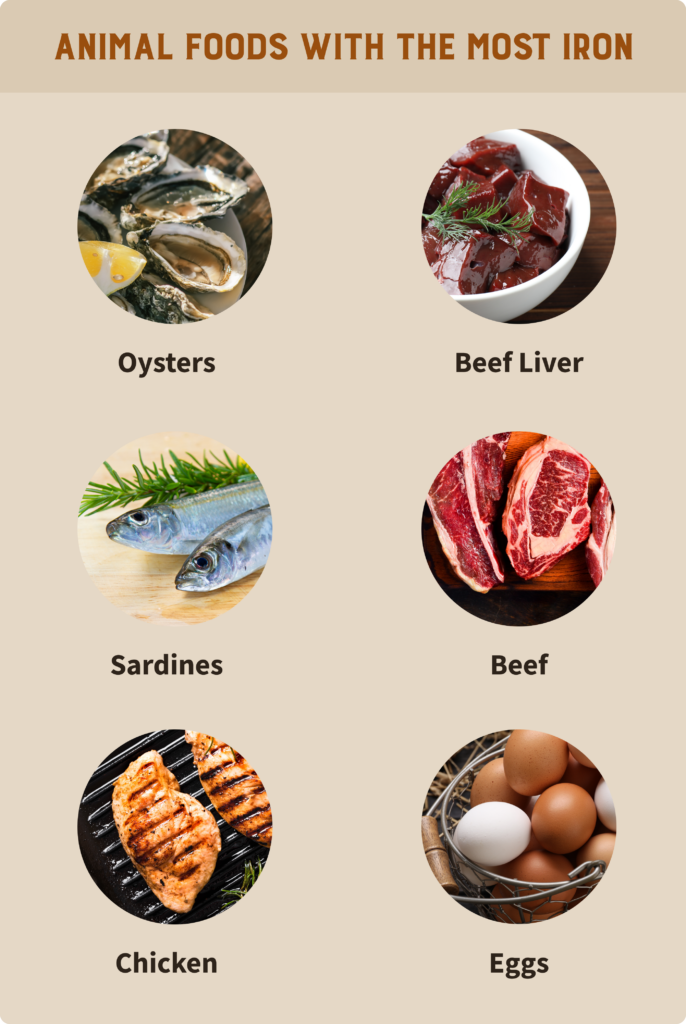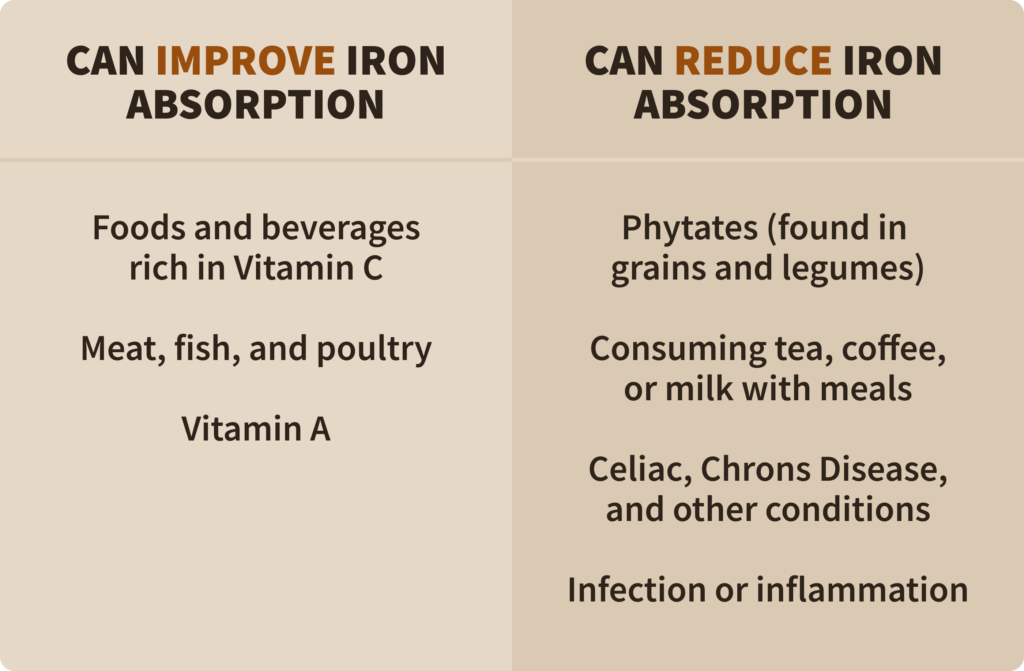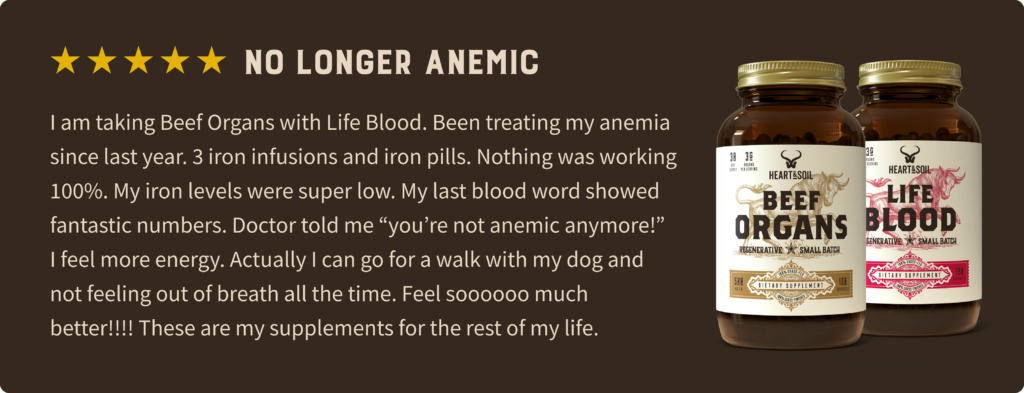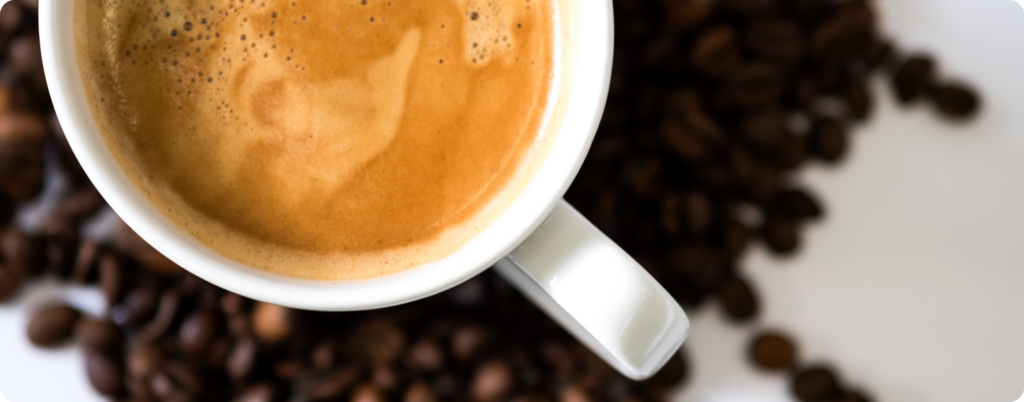PLEASE NOTE: The information in this blog is for educational purposes only. It is not a substitute for professional medical advice. Consult your healthcare provider if you’re seeking medical advice, diagnoses, or treatment.
One worldwide health issue accounted for over 68 million years of life lived with disability in a single year.
Not only does it lead to massive disability in over 2 billion people, but it presents minimal symptoms and impacts men and women of all ages (1).
So what condition is so widespread and indiscriminate? Anemia.
This article will explore the causes of anemia, why animal foods are so important, and strategies to naturally improve anemia.
Anemia 101: Causes, Warning Signs, Symptoms, and Risk Factors
Anemia is a global problem affecting people of all ages. It occurs when the red blood cell count is unable to meet physiological needs (2). It progresses slowly, and the symptoms often fly under the radar (3).

Affecting over 2 billion people, anemia (in its various forms) can lead to a host of consequences such as fatigue, restless leg syndrome, exercise intolerance, shortness of breath, dizziness, lethargy, and poor appetite (4, 5, 6, 7, 8).
Anemia can be caused or worsened by a wide variety of triggers, such as:
- Poor Diet (9)
- Iron Deficiency (10)
- Vitamin Deficiencies (A, B, C, etc.)(11, 12)
- Mineral Deficiencies (zinc, copper, etc.)(13)
- Parasitic Infection (14)
- Inflammatory Bowel Disease (IBD)(15)
- Celiac Disease (16)
- Blood Loss (17)
- Medications (18)
- Insomnia (19)
- Chronic Inflammation (20)
- Rheumatoid Arthritis (21)
Undiagnosed or untreated anemia may result in or increase the risk of pregnancy complications, infections, heart problems, organ failure, death, or developmental delays in children (22, 23, 24). Anemia may also worsen other chronic conditions.
Who’s Most at Risk For Anemia?
Even though anemia can affect people of all ages, some groups are at a higher risk (25).
Women of reproductive age have higher iron requirements, tend to eat less meat, and experience regular blood loss, which can all contribute to anemia (26). Childbirth and closely spaced pregnancies may also increase the risk of anemia (27).

Anemia during pregnancy may be passed on to the baby and can result in premature labor and babies of low birth weight (28). As of 2019, nearly 37% of pregnant women were estimated to be anemic (29).
An estimated 43% of children under 5 years of age experience anemia (30). Children are particularly at risk due to their brains having higher oxygen demand and dependence on others for their food selection. Prolonged and severe anemia may contribute to irreversible cognitive impairment (31).
Adolescent girls are also at risk due to growing demands for iron (and other key nutrients) and physical growth (32).
The elderly can be anemic, often due to inadequate nutrition (33). Iron deficiency is one of the most important issues that can contribute to anemia.
The Importance of Iron For Optimal Health
All cells in the body need iron to function properly (34).
Iron is an essential trace element that assists with hormone synthesis, immune function, DNA synthesis, and oxygen carriage and storage (35, 36, 37). Despite the importance, around 2 billion people are iron deficient (38). This deficiency can reduce immunity and impair the function of the gut and various other organs (39).
Heme and non heme iron are the two main forms found in the human diet. Foods fortified with iron and plants only provide non-heme iron, while animal foods (mainly red meat and seafood) offer heme and non-heme iron (40).

Heme iron is also much more bioavailable, meaning increased levels are available after absorption and digestion (41, 42, 43). For example, heme iron consumption only accounts for 10-15% of iron consumed by Western populations, but this small amount leads to about 40% of the total iron absorbed.
More iron is absorbed during a state of iron deficiency and less when iron stores are well stocked, but iron absorption can be hindered or aided by numerous factors (44, 45, 46, 47, 48):

The most common method for boosting iron stores is through supplements (49). However, iron supplements are poorly absorbed and can, unfortunately, result in unpleasant side effects like abdominal pain, bloating, constipation, nausea, vomiting, or diarrhea (50, 51).
Due to the complications of iron supplementation, many instead turn to natural options found in iron rich foods.
Organ Meats & Anemia: Can They Help?
As we saw, animal foods are an amazing way to boost iron intake, but the beneficial nutrients don’t stop there. Muscles and organs from animals, such as the liver, heart, and tongue, are a potent source of bioavailable nutrients (52).
Even a modest amount of liver (around 3.5 ounces) can offer 100% of the recommended intake for vitamin A and 50% for zinc, selenium, iron, and b vitamins (53).
Many of these nutrients are involved in the creation of red blood cells and iron absorption (54, 55). A study on Egyptian children even found that liver meatballs could help eliminate anemia (or drastically reduce it) in different age groups (56).
8 Strategies to Naturally Improve Anemia
There are various natural strategies that can be used to fight anemia.
1. Prioritize Animal Proteins
Animal proteins are a valuable source of bioavailable iron and other key nutrients. Similarly to foods with vitamin C, animal foods can also improve the absorption of non-heme iron from fruits and vegetables (57).
2. Consume Organ Meats
Organ meats are a powerful source of nutrients like vitamin A, vitamin B12, iron, and magnesium (58).
Organ supplements like Beef Organs and Lifeblood are popular choices for people such as Citlalli, given their convenience and nutrient density.

3. Include Fermented Foods
Fermented foods (such as sauerkraut) can also lead to increased iron absorption (59, 60).
4. Avoid Excessive Amounts of Coffee & Tea

Consuming large quantities of coffee and tea may hinder iron absorption due to the presence of phenolic compounds (61, 62).
5. Pay Attention to Timing
The timing of meals and supplementation can impact iron absorption. In particular, it’s suggested to avoid consuming iron inhibitors (such as coffee, tea, calcium-rich foods, nuts, and cereals) with iron-rich meals (63, 64).
6. Identify & Address Infections
HIV, parasites, or malaria infections can all contribute to anemia (65, 66, 67). Working with a trusted medical professional to identify and eradicate infections can help alleviate symptoms of anemia.
7. Get Sunlight
Adequate levels of vitamin D are important for improving hemoglobin levels and anemia prevention (68, 69).
8. Consider Using Cast Iron Cookware

Iron cookware can increase the iron content of foods (70). However, the pans’ heme iron content may accumulate and become problematic for individuals with a genetic predisposition for excess iron absorption.
As with so many health challenges, animal foods can be powerful tools to naturally improve anemia.
Subscribe to future articles like this: